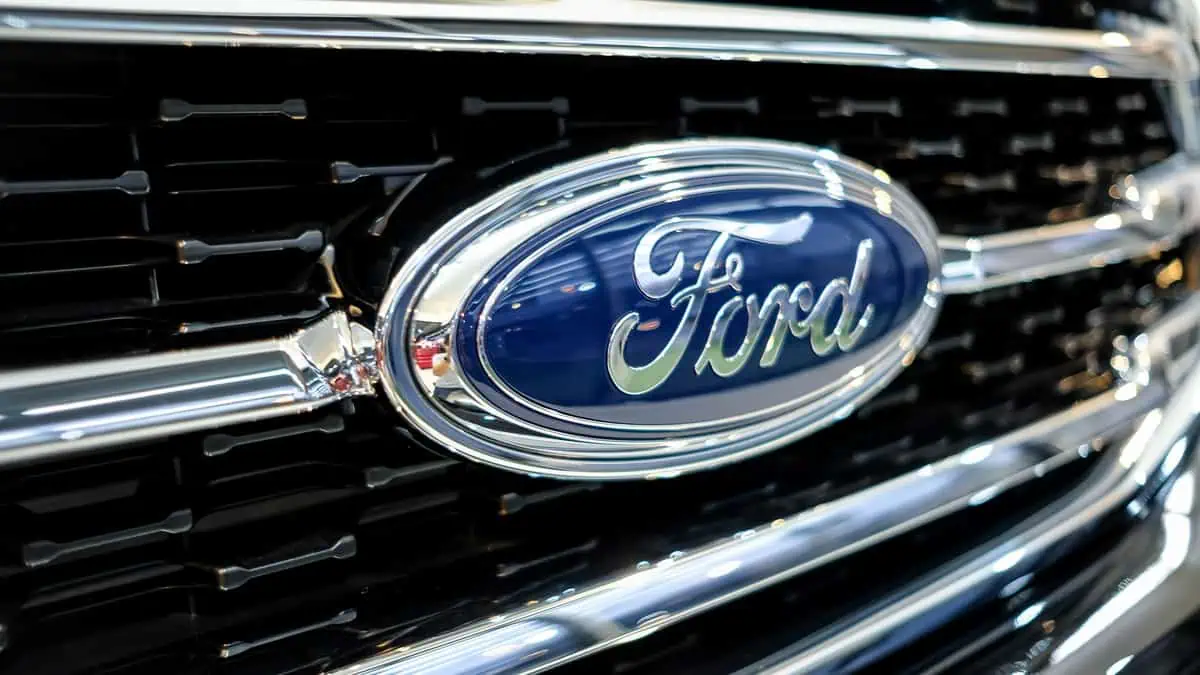Ford is set to disclose the cost of transitioning to electric vehicles in its upcoming investor update. On Thursday, the company will introduce a new reporting structure by business unit instead of the region. They will release revised financial results for 2021 and 2022 to showcase how the new units performed. The theme of the “teach-in” for analysts and media is “Ford Refounded.”
In a significant restructuring, Ford has formed new business units that include “Ford Blue” for its traditional internal combustion engine business, “Model E” for its electric vehicle unit, “Ford Pro” for commercial and government fleet business, “Ford Next” for nonautomotive mobility solutions and future tech, and the existing Ford Credit financial services subsidiary. This is the most comprehensive effort by any established automaker to provide detailed information on the financials of its EV business.
Ford’s financial update will include profits and losses, revenue, margins, and earnings before interest and taxes (EBIT) for each new business unit. This information provides a reference point for investors and analysts as the company undergoes a significant business revamp under CEO Jim Farley. Last year, Ford separated its profitable units – internal combustion vehicles and commercial fleet business – from the less profitable emerging all-electric vehicles that are not expected to profit for a few years.
Farley and other executives say the reporting changes go beyond mere disclosure. They claim that the new format reflects how Ford’s executive team conceptualizes and manages the business.
On March 2, 2022, Farley announced the creation of new business units at Ford Motor Co. and emphasized the significant changes underway. He acknowledged that Ford has had to chart its path before and stated that the current changes are about winning. Despite the announcement, Wall Street is cautious, with analysts maintaining a hold rating on the stock and a $13.50 price target. The shares were trading at around $11.70 per share on Wednesday. Ford experiences an 8.4% boost in share value upon revealing new business plans, but market fluctuations, supply chain obstacles, and subpar quarterly earnings have resulted in a 35% decline since then. Keep an eye out for the company’s first-quarter results, set to be reported in a new format on May 2 and a capital markets day on May 22.
Ford’s EV Business: Balancing Excitement with Profitability
Last year, Farley boasted that Ford’s EV business would rival any pure EV competitor in excitement, with the added advantage of unmatched scale and resources. However, he also acknowledged the importance of the legacy business as a cash and profit generator for the 120-year-old automaker. Like other automakers and EV startups, Wall Street analysts anticipate significant losses for Ford’s electric vehicle business.
With Ford’s upcoming Model E, the company is integrating their EV platforms, electronics, batteries, motors, embedded software, and digital experience. Despite this, Morgan Stanley’s Adam Jonas predicts that the vehicle’s gross margins will be negative, ranging from 10% to 20%. Adjusted EBIT margins will fall between negative 20% and negative 30%, indicating substantial losses.
Ford aims to achieve 8% margins on EVs and produce 2 million units annually by 2026, contributing to an increase in its adjusted profit margins to 10%. However, according to Deutsche Bank analyst Emmanuel Rosner, the company could be experiencing gross losses of around $9,000 per EV sold, with projected operating losses of $6 billion for 2022 for the Model E after accounting for significant R&D investments (about 65% of the company’s total R&D) in the EV unit.
Emmanuel Rosner, a Deutsche Bank analyst, has warned that the EV business may incur more significant losses than investors anticipate, making it challenging for Ford to achieve its 8% EV EBIT margin target by 2026. In an investor note on Monday, Rosner pointed out that, aside from Tesla, no significant automakers are projected to earn substantial profits from electric vehicles in the next few years due to the industry’s efforts to increase EV output and manufacturing scale. This is especially true for mass-market EVs like Ford’s, as they typically generate lower profits than luxury models.
Ford’s Internal Combustion Engine Business Supports EV Expansion
Ford’s primary revenue stream currently comes from vehicles equipped with internal combustion engines, particularly the F-Series pickups, which have held the top U.S. sales for over four decades. These large pickups are critical to the company’s operations. According to Farley, who made this statement when announcing the split last year, they are anticipated to remain so for the foreseeable future. Deutsche Bank predicts Ford Blue’s conventional business could achieve an EBIT margin of 7.3% in 2022, compensating for the previous year’s EV losses.
According to Jonas from Morgan Stanley, Ford’s current reporting structure should validate their belief that the Ford Blue internal combustion engine business is generating a substantial amount of cash flow, which is currently being used to finance the capital-intensive electric vehicle business. However, Jonas noted that investors might question how long this arrangement can persist.
Ford plans to increase its margins by reducing at least $3 billion in structural costs from its traditional business by mid-decade. To achieve this goal, Kumar Galhotra, the head of Ford Blue, stated in March 2022 that the company would focus on reducing complexity, quality, and structural costs in the next two to three years. Galhotra emphasized that no approach will be excluded and that the company must significantly simplify complexity, lower warranty costs, and invest in products with world-class efficiency while minimizing advertising costs.
Ford Pro Fleet Unit Expected to Deliver Impressive Profitability with 23.5% EBIT Margin in 2022
On Thursday, the profitability of Ford Pro, the company’s fleet unit, could be a pleasant surprise. According to Deutsche Bank’s estimate, Ford Pro is expected to have the highest EBIT margin of 23.5% among all of the company’s automotive units in 2022. Ford has established a significant presence in North America and Europe commercial fleet markets, leveraging its extensive experience in pickups and its famous line of Transit vans. To further enhance the profitability of its fleet operations, the company has developed software and services that utilize its decades-long expertise in serving fleet operators and capitalize on the connectivity and new technologies integrated into its latest vehicles.
Ford Pro’s recent profit margins are expected to be impressive, partially due to its new technology-enabled offerings. However, questions arise about the sustainability of these margins. Deutsche Bank’s Rosner, who rated Ford’s stock as a sell, speculates that Ford Pro’s profitability could come under pressure as the segment introduces expensive electric powertrains. With EV sales projected to be a significant portion of Ford Pro’s business in the upcoming years, the company will likely experience a negative impact on its margins as it increases its EV production. Nevertheless, Ford Pro CEO Ted Cannis believes fleet electrification provides new opportunities for the company. According to Cannis, commercial customers seek help and guidance as they navigate the confusing landscape of EVs. To accelerate the transition to electric vehicles, Ford Pro’s goal is to make them more accessible and easier for their customers.






